Brands are in the depths of a multi-trillion dollar headache as users abandon their shopping cart mid-transaction at an alarming rate (75.6%) according to SalesCycle.

Cart Abandonment Rate by Industry – SalesCycle
But why does this happen?
Typically the customer has browsed through the app, read customer reviews, viewed and interacted with several products, and added something to their cart… but then leaves empty-handed.
The truth is, this happens a lot.
The reasons for cart abandonment vary from “just looking and not ready to buy” to “unforeseen shipping costs” or simply “I got interrupted and just forgot”.
Even though an estimated $4.6 trillion is left sitting in carts each year, it’s not all doom and gloom. Business Insider estimates that $2.75 trillion of abandoned merchandise is recoverable through thoughtful remarketing strategies and improved app practices. As users expect and demand to do more on mobile, this trend is showing no signs of slowing down.
In this post, I’ll touch on the types of abandonment problems inside of mobile apps and what companies can do to reduce the risk of cart abandonment using cart recovery push notifications.
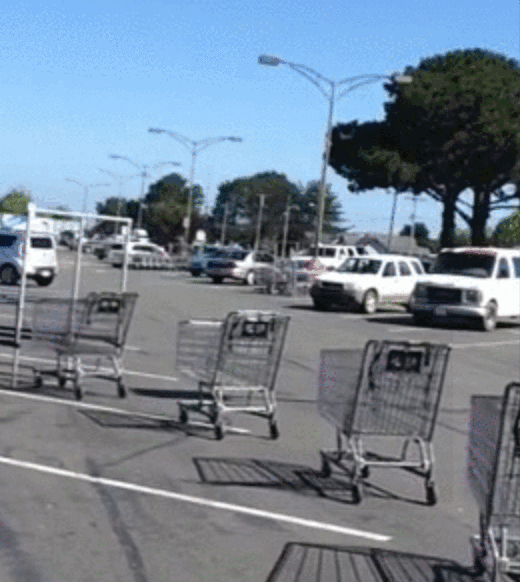
It’s not all about the cart
Cart abandonment can be described as the loss of sales from customers not completing the purchase journey. When we think of Cart abandonment we think of eCommerce, but it affects all transacting apps, in travel it’s booking abandonment, in banking it can be application or form abandonment.
Booking Abandonment
First up is booking abandonment. This is when a customer begins to make a booking but fails to complete the purchase. This is a real problem for the travel industry. An estimated $1.78 trillion in online travel bookings are left abandoned according to Skift, a travel industry intelligence firm.
Abandonment issues are typically higher throughout the travel sector (81.1%) compared to retail (75.6%) or fashion sectors (69.1%). The probability of customers dropping out before completing the final checkout process increases due to filling in passenger details and going through additional cross-sells for insurance, car rental or hotel bookings.
Form Abandonment
Next on the list is form abandonment. This is when a user begins to complete form fields but fails to submit all of the required information. Often people will quickly skim the form, decide it’s too long, and leave. While others will start to complete the form but change their mind and leave the app.
Good form design can help reduce form abandonment by making it easier for users to complete the process. This is done by minimizing the number of fields and being transparent and clear about the number of steps required to complete the process.
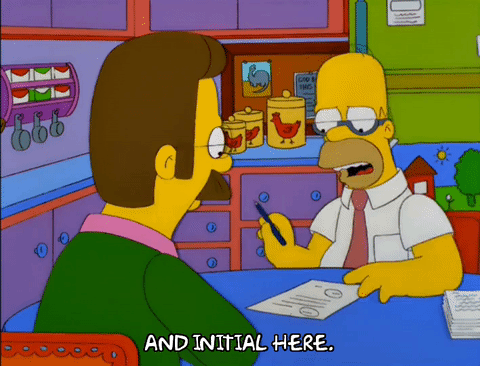
However, form abandonment varies by industry and in some instances, long forms are required to get more details. This is why financial services experience a cart abandonment rate of 80.4% due to the level of detail required.
The customer gets distracted
In a report published by Microsoft in 2015, it is stated that consumer’s attention span is now less than that of your average goldfish. The report revealed that people now generally lose concentration after eight seconds with the notorious forgetful goldfish coming in at a close nine seconds.

People simply lose attention and forget about things. Although this issue is complex and unpredictable there are simple solutions to help address this problem through cart recovery notifications and gentle yet powerful in-app prompts.
Abandoned cart recovery strategy to win back sales
In a study carried out by eCommerce personalization firm Barilliance, they found that setting up multistage cart abandonment retargeting campaigns significantly increased cart abandonment sales. Following best practices, Barilliance sent remarketing campaigns within 1hr, after 24hrs, and after 72hrs.
- Message sent 1 hour after cart abandonment, 20.3% Conversion Rate
- Message sent 24 hours after cart abandonment, 17.7% Conversion Rate
- Message sent 72 hours after cart abandonment, 18.2% Conversion Rate
How does retargeting work for mobile apps?
Unlike email, mobile apps provide different forms of retargeting creatives which all have corresponding levels of urgency. The first step is creating a cart recovery strategy and the second is how to execute that strategy. Two incredibly powerful tools are push notifications and in-app notifications.
1. Push Notification Cart Recovery
Urgency (High)
Push notifications are the fastest way to get the attention of customers who have added an item to their cart but failed to complete their purchase. Customers are either taken to the checkout page or a personalized card encouraging them to complete their purchase.

2. In-app Notification Cart Recovery
Urgency (Medium)
A more subtle approach is using an in-app notification. This format prompts a user to take action the next time they open the app using a slide-down notification or a full-screen modal as seen below.
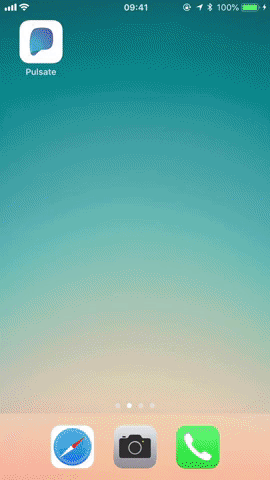
How to Create an App Retargeting Campaign With Pulsate

Meet Anna, a mobile shopper who just added a pair of yellow Dr. Martens boots to her shopping cart. However moments later she has left the app and failed to make a purchase. Outlined below are the steps used to turn Anna’s abandoned cart item into a purchase over a 72 hr period.
1. Choose who should receive the campaign
In order to reach Anna with the first retargeting notification, a real-time segment is created which automatically captures users that have added the item to cart their but abandoned without completing the transaction.
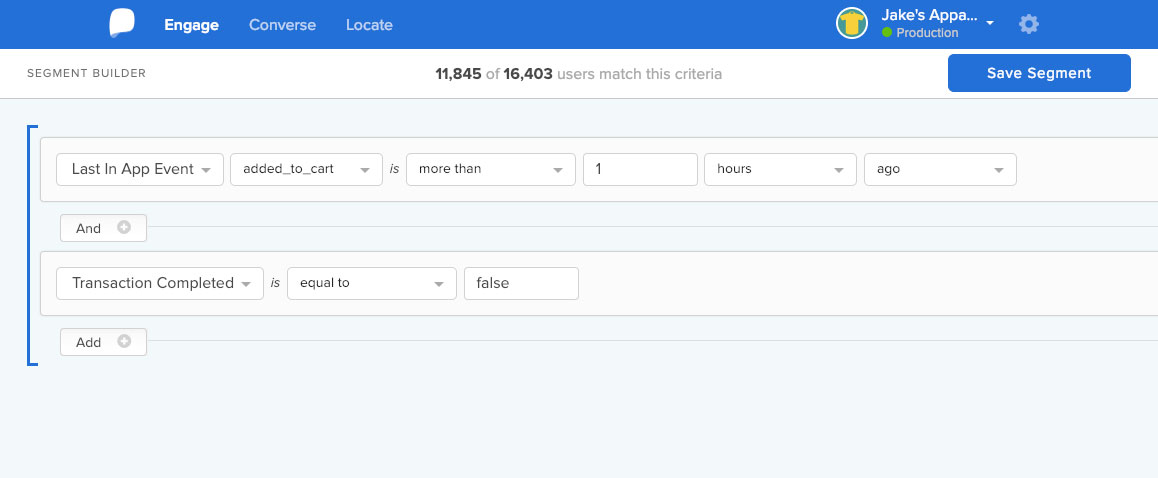
Real-time user segmentation

Cart abandonment targeting
2. Create a sequence of campaign notifications
Now that the audience has been created the next step is to create the sequence of notifications that Anna will receive. Of course, if Anna completes her purchase at any time she will not receive the subsequent messages.
1hr – {{first_name}} you forgot your yellow boots!
24hrs – {{first_name}} don’t miss out your cart is expiring soon!
72hrs – {{first_name}} hurry your cart is about to expire in the next hour!

Cart abandonment push notifications
Bring notifications to life
More Importantly, with Pulsate you can deeplink directly to the cart, removing friction and maximizing the likelihood of a conversion.
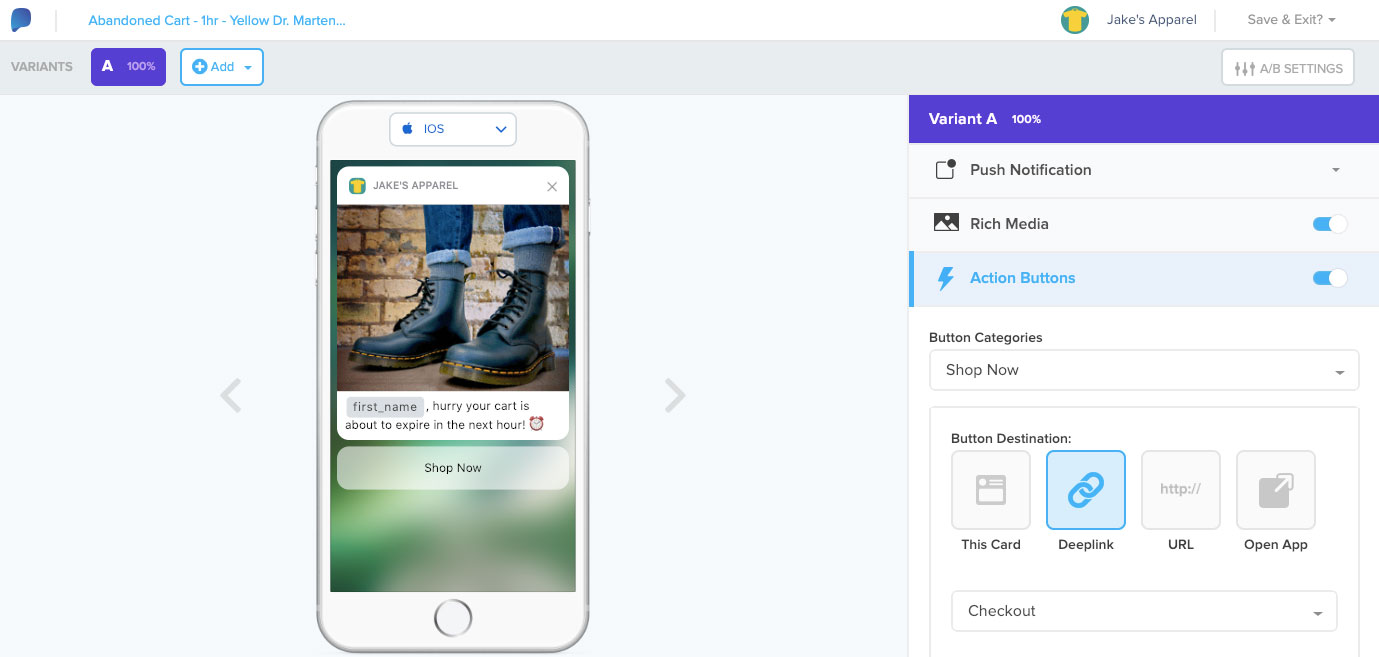
Interactive rich media push notifications
Build a high-converting campaign in just a few clicks
You might be asking yourself do I need a developer? do I need a designer? do I need to be technical? The simple answer is no.
The campaign builder is a drag and drop, point and click interface that is as easy as posting a message on Facebook.
3. Schedule and send
Automate Cart Abandonment Notifications – Set it and Forget it
To activate your campaign decide if users should receive your campaign immediately or in the future and that’s it.
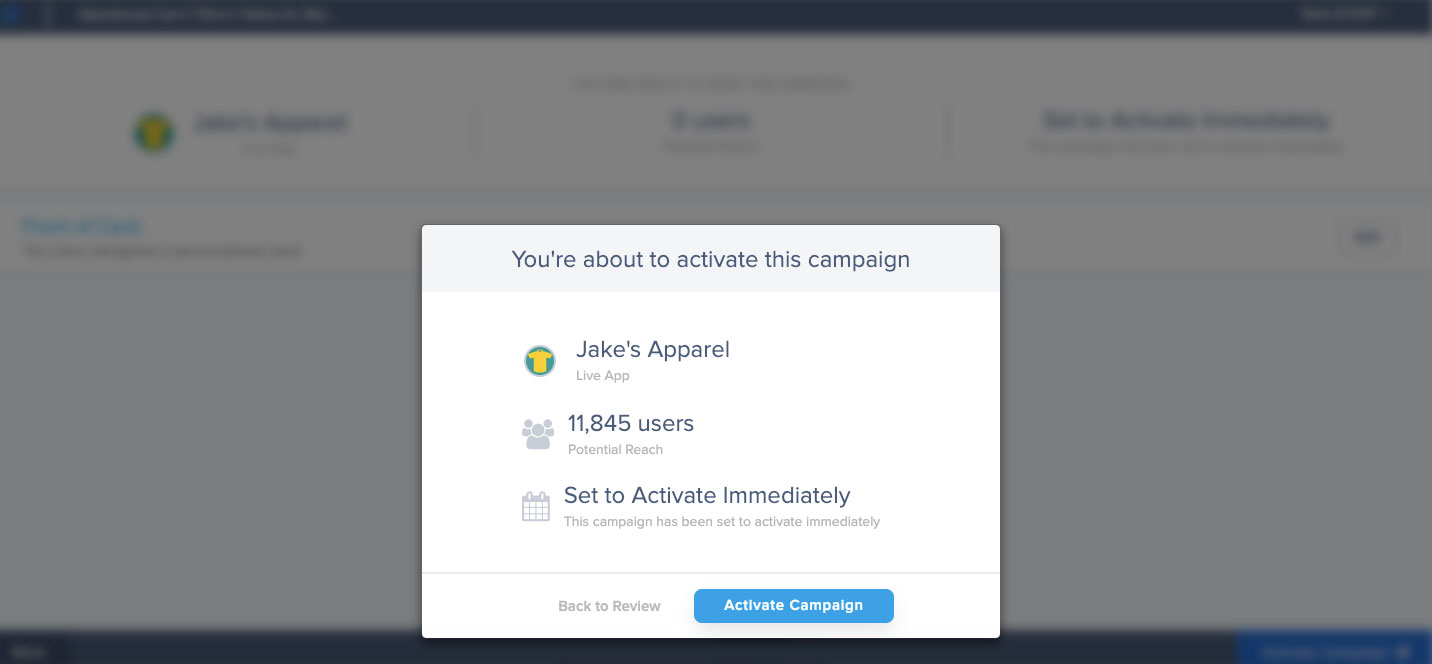
Schedule campaign and send
PRODUCTS TO POWER CART ABANDONMENT
One of the first steps in creating a cart recovery strategy is to understand the use cases that can benefit your customers the most.
Get in touch and learn how Pulsate can power your marketing and customer service teams to deliver messaging immediately without needing designers, developers, and everyone in between. We help companies like NCR, Philz Coffee, SITA, and Amadeus create rich mobile experiences — from conversion focused campaigns to interactive mobile feeds. Schedule your personalized demo.
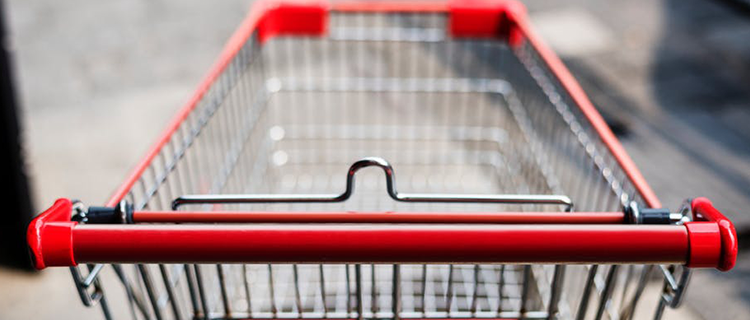
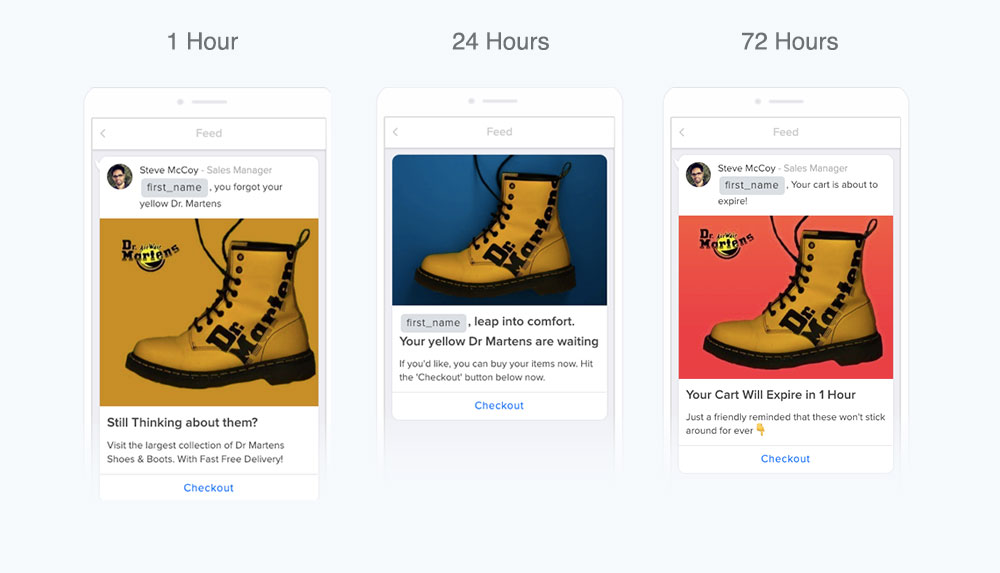


HAVE YOUR SAY. LEAVE A COMMENT